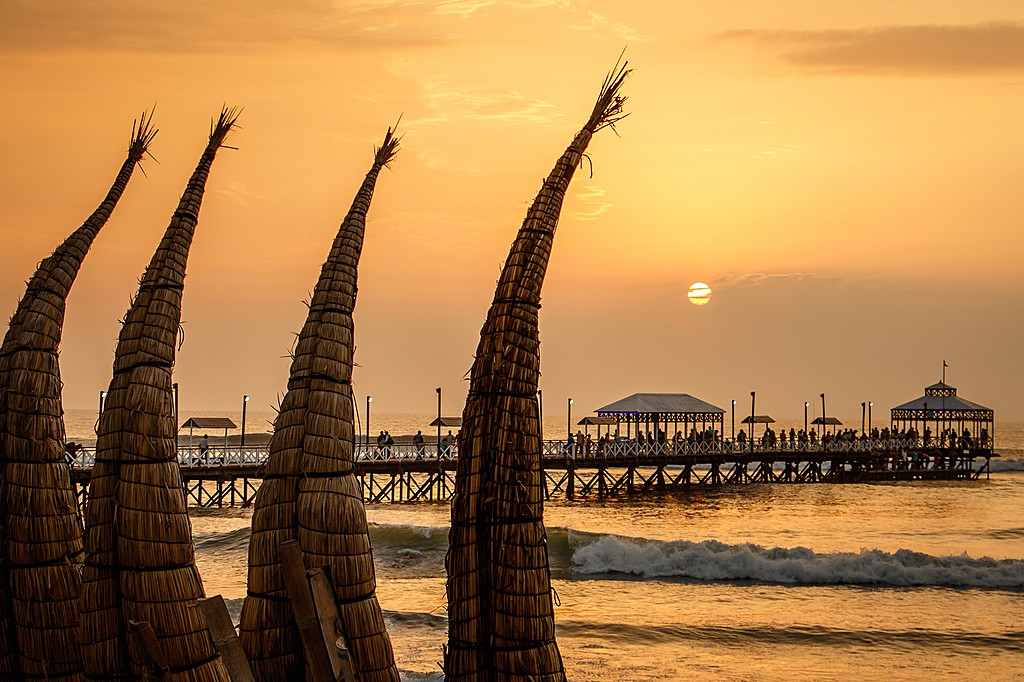
The Incan citadel of Machu Picchu is the most popular destination in Peru. But once you’re there, it only takes a day or two to explore. What’s next on your agenda? Visit a glacial lake, get your culinary fix in Lima, or bike the hills of the Sacred Valley—all within a short distance from Cusco and Aguas Calientes.
## Beyond the Lost City of the Incas: An Extended Peruvian Adventure
You have successfully ascended the majestic mountain to witness the awe-inspiring Machu Picchu, explored the sacred Temple of the Sun, challenged yourself with a hike up the iconic Huayna Picchu, and captured countless photographs to immortalize the experience. Undoubtedly, it was a remarkable day, filled with wonder and discovery. But as your grand Peruvian adventure unfolds, the question arises: how do you wish to spend the remaining days, enriching your journey with even more unforgettable moments?
The following suggestions, meticulously organized by the number of days available, encompass a variety of captivating sights and engaging activities strategically located in the vicinity of Cusco, Aguas Calientes, and Lima. These locations serve as convenient points of passage as you travel to and from the enigmatic Machu Picchu, allowing you to seamlessly integrate these additional experiences into your itinerary.
## With 1 Extra Day: A Glimpse into Nature’s Majesty and Desert Oasis
### Laguna Humantay: A Turquoise Jewel of the Andes
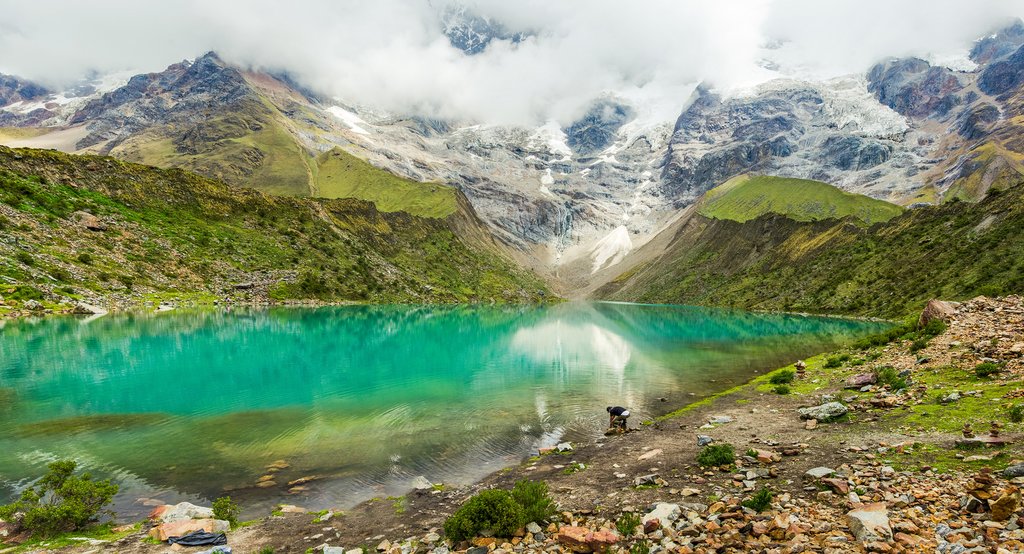
If your base of operations is either in the vibrant city of Cusco or the charming town of Aguas Calientes, consider embarking on a short but rewarding trek to Laguna Humantay, a breathtaking glacial lake nestled at the foot of the imposing snow-capped mountain that shares its name. Opting for a day tour from Cusco offers the convenience of round-trip transportation, allowing you to maximize your time dedicated to hiking amidst the stunning scenery, all while enjoying panoramic views of the magnificent Salkantay Mountain. The pristine, untouched beauty of this natural wonder provides a striking contrast and a perfect complement to the remarkable Incan ingenuity displayed at Machu Picchu.
The opportunity to hike to Laguna Humantay is also incorporated into the itinerary of the renowned and remote 5-day Salkantay trek to Machu Picchu. On the first day of this unforgettable journey, you’ll be captivated by the mesmerizing beauty of the lake before venturing across a mountain pass at the base of Mt. Salkantay. The trek also includes a stop at a local organic coffee plantation, a visit to the ancient Llactapata ruins, and culminates in witnessing the breathtaking sunrise over Machu Picchu.
### Huacachina: An Enchanting Desert Oasis Experience
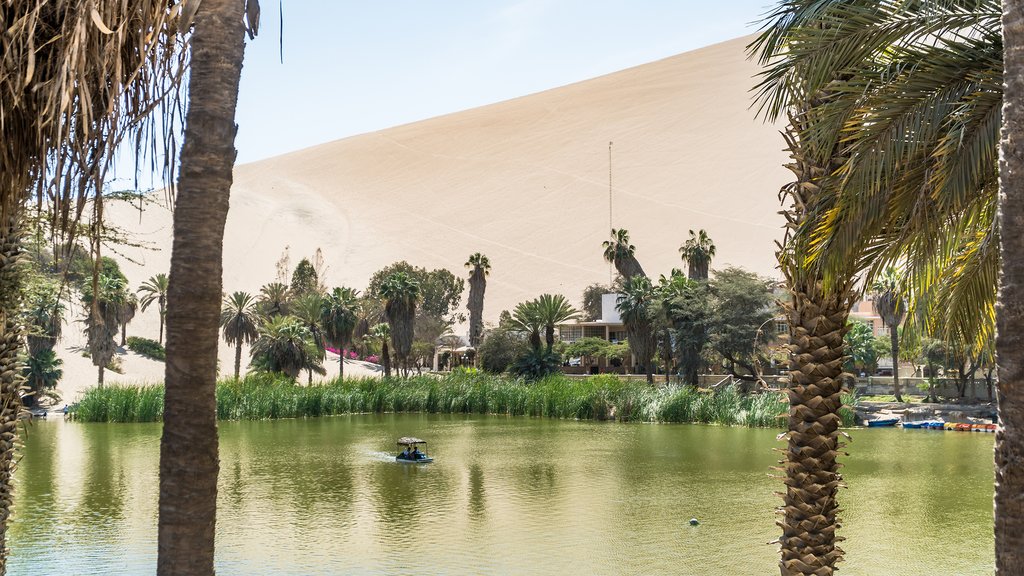
Should your travel plans involve returning to Lima before commencing your journey home and you find yourself with an extra day to spare, contemplate a detour south of the capital to the captivating destination of Huacachina. This small and picturesque village, located near the bustling port city of Pisco, possesses an almost surreal quality, resembling a true desert oasis. The scene is dominated by a tranquil, palm-fringed lake, surrounded by a cluster of modest, tile-roofed houses, creating an atmosphere of serene isolation. Characterized by towering dunes and an expansive landscape of sand stretching as far as the eye can see, Huacachina is a renowned haven for exhilarating dune-buggy riding and thrilling sandboarding adventures.
If the allure of Huacachina has piqued your interest and you wish to incorporate it into a more comprehensive itinerary, consider the Cusco & Southern Coast itinerary. Following your exploration of the wonders of Machu Picchu, your journey will take you to Ayacucho, a tranquil town brimming with historical significance and boasting a fascinating historical center. The adventure continues with a visit to the Paracas National Reserve and the Ballestas Islands, teeming with vibrant wildlife, followed by an exploration of the vineyards of Ica, and finally, culminating in the exciting dune-buggy and sandboarding experiences of Huacachina.
## With 2-3 Extra Days: Exploring the Sacred Valley and Immersing Yourself in Lima’s Culture
### Sacred Valley: Unveiling the Splendors of Incan Civilization
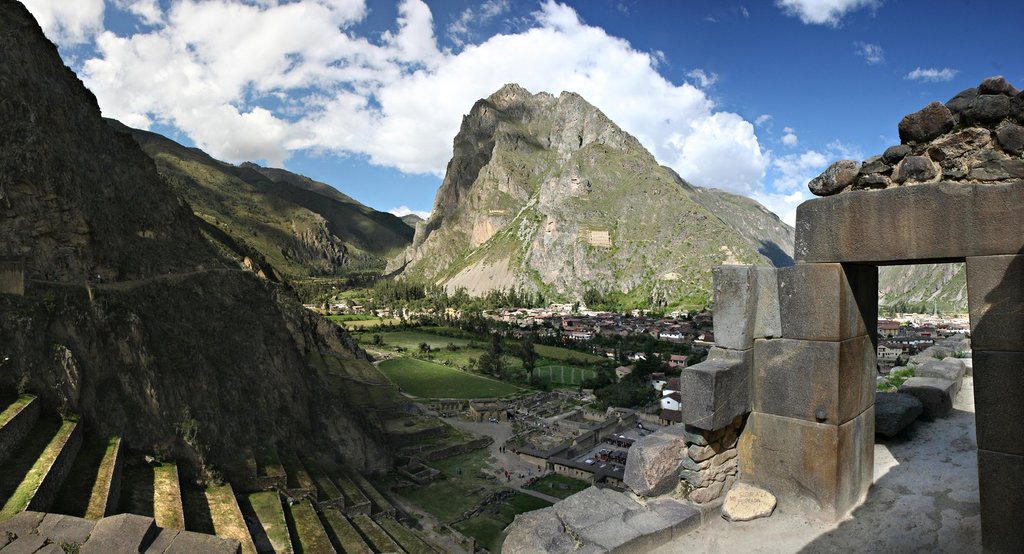
If you hold the belief that nothing could possibly surpass the spectacular grandeur of Machu Picchu, prepare to be pleasantly surprised. The Sacred Valley is replete with Incan ruins that possess an equal level of magnificence, rivaling even the famed citadel in the sky. These captivating sites include mystical circular terraces, strategically built for agricultural experimentation, and the imposing fortress ruins perched atop commanding hills. In the local villages that dot the landscape, the residents continue to practice age-old cooking traditions, preserve their unique crafting techniques, and share the enchanting melodies of traditional Peruvian highland music.
The village of Sacsayhuamán, the closest of these villages to Cusco, lies a mere third of a mile from the city’s central plaza. Here, you will discover a zigzagging fortification constructed by the Inca, but predated by the even earlier Killke people. The steep terraces of Ollantaytambo and Pisac present a particularly captivating sight when shrouded in a layer of ethereal mist, while the circular archeological sites of Maras and Moray, with their concentric rings, evoke the impression of an alien landing ground. The majority of these sites are readily accessible through day tours from Cusco, requiring minimal pre-planning and allowing for spontaneous exploration.
The Sacred Valley also offers exceptional opportunities for mountain biking enthusiasts. Travelers with a passion for cycling should consider embarking on a week-long mountain bike tour of the Sacred Valley. For those seeking an adrenaline rush, the options for outdoor adventures in the Sacred Valley are seemingly endless.
### Lima: A Culinary and Cultural Journey Through Peru’s Capital
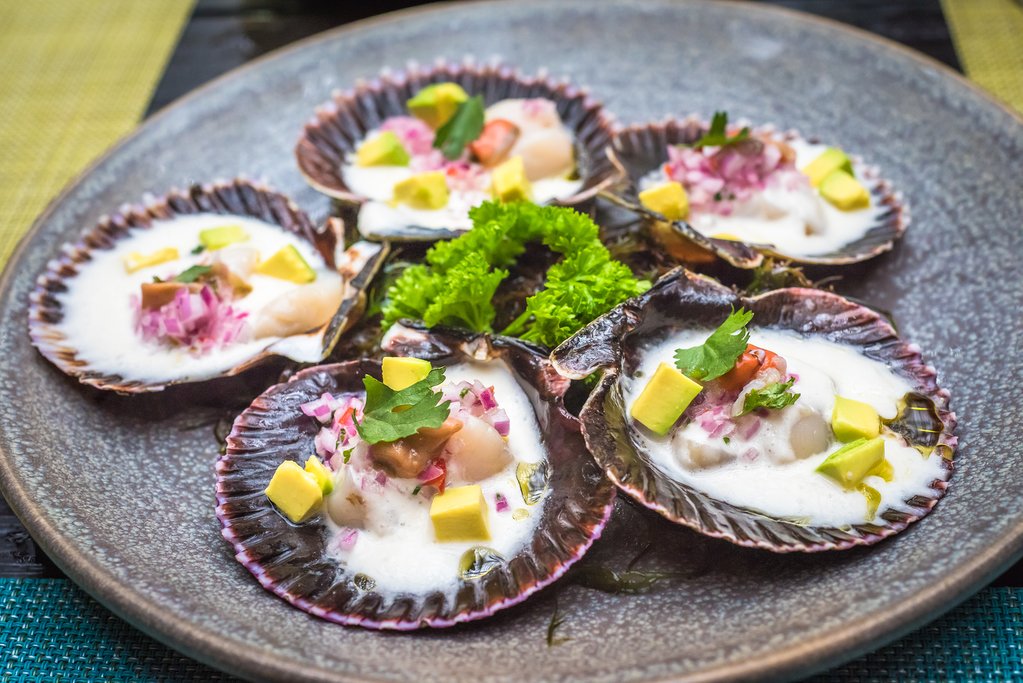
Should you find yourself with a few extra days to spend in Lima before your departure, you are in luck. The vibrant Peruvian capital offers a wealth of museums, eclectic shops, and captivating art galleries to explore. If you desire a few carefree hours spent immersed in art and history, add Museo Larco to your itinerary. This museum boasts an astonishing collection of Pre-Columbian artifacts, providing invaluable insights into the ancient civilizations that once thrived in the region. Alternatively, visit the Museo de Arte de Lima (MALI) for a glimpse into the city’s thriving contemporary art scene, showcasing the creativity and innovation of Peruvian artists.
Peru possesses a rich culinary heritage, with Lima serving as a gastronomic epicenter. Consider participating in a cooking class, where you can learn the art of transforming the day’s fresh catch into a zesty and refreshing ceviche, the national dish of Peru. Indulge in a fine dining experience at Astrid y Gastón or Centrale, both renowned for their innovative and award-winning cuisine.
Incorporating extra time in Lima is a seamless addition to any Peruvian itinerary. It’s an opportunity to immerse yourself in fine dining experiences, explore bustling food markets, sample an array of local delicacies, and learn culinary techniques from the country’s leading chefs. Taste ingredients sourced from the diverse regions of Peru, from the coast to the jungle, while also enjoying the country’s impressive scenery.
If you only have 24 hours to spend in Lima, here’s how to maximize your time and have the perfect day in Peru’s capital.
### Lake Titicaca: A Journey to the World’s Highest Navigable Lake
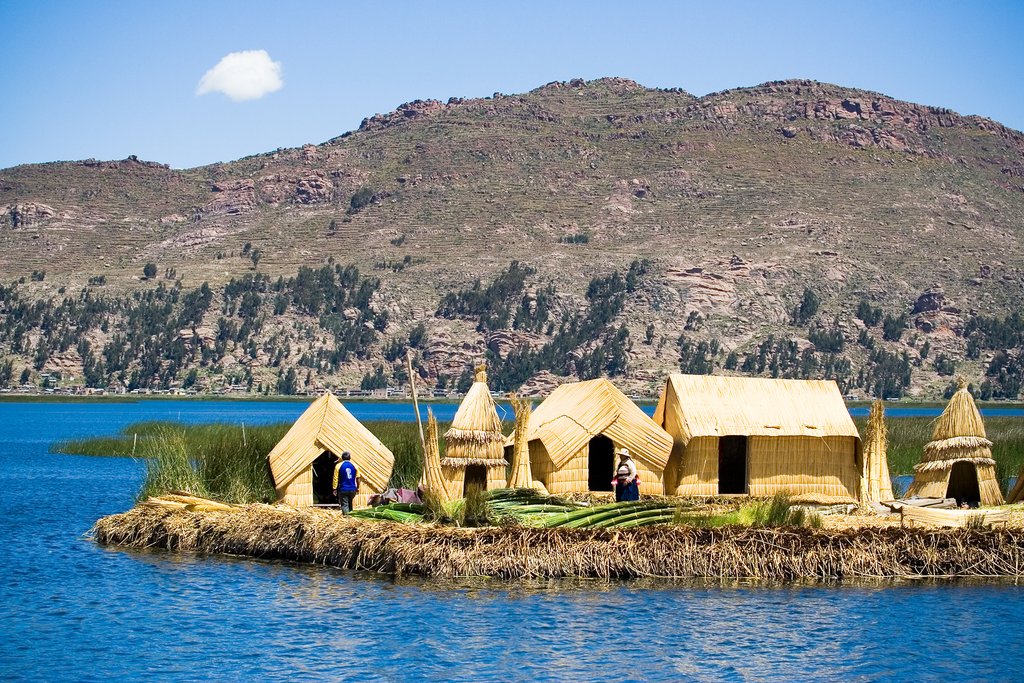
If you are in Cusco or Lima and crave a mini-adventure, then consider Lake Titicaca, the highest navigable lake in the world. This vast expanse of water, shared between Peru and Bolivia, can be accessed from several towns, but the most convenient option is likely flying into Puno, located on its northwest edge, which is a one-hour flight from Cusco or a 1.5-hour flight from Lima.
From Puno, it’s a short boat ride to the main attraction: the floating “reed islands” inhabited by the Uros people, an indigenous community that has maintained its unique cultural traditions and lifestyle, seemingly untouched by the modern world. Isla Taquile, the larger of the islands, features a central square, a charming church, and a bustling marketplace, while Amantaní boasts beautifully terraced fields.
The journey begins with getting acquainted with Lima before heading to Cusco, followed by an exploration of the Sacred Valley. You’ll then embark on a trek to Huchuy Qosqo, an archaeological site with stunning views, before visiting the Inca ruins at Ollantaytambo and Machu Picchu. The adventure concludes with a trip south to Lake Titicaca.
Lake Titicaca is an excellent destination for a family vacation.
### Paracas and the Ballestas Islands: A Coastal Paradise
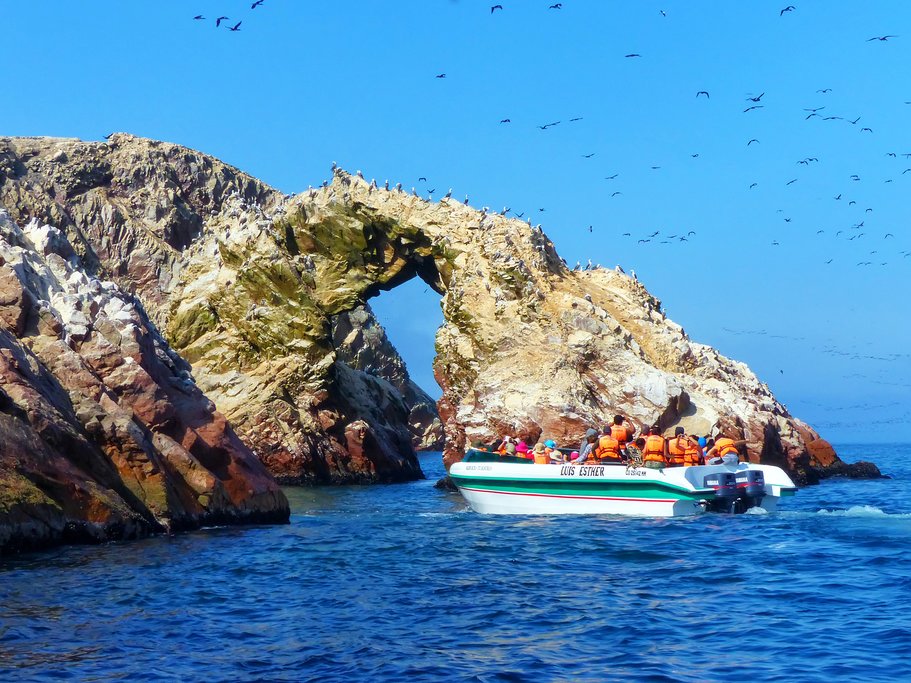
Located approximately three hours south of Lima along the coast lies Paracas, a relaxed seaside village in close proximity to some of Peru’s most captivating attractions. Travelers flock to this destination for the opportunity to witness the Ballestas Islands via boat tours. Often referred to as a miniature version of the Galapagos Islands, the Ballestas Islands are renowned for their thriving colonies of penguins, seals, and sea lions.
Paracas is conveniently situated just a few hours away from the Nazca Lines, the mysterious pre-Columbian geoglyphs etched into the desert, the origins and purpose of which remain a subject of much speculation. If a journey to the Nazca Lines is not on your itinerary, Paracas offers its own intriguing version in the form of a prehistoric geoglyph shaped like a candelabra, visible on your way to the Ballestas Islands.
Paracas offers a particularly idyllic setting for honeymooners, with its stunning seaside location and luxurious resorts.
## With 4-8 Extra Days: Exploring the Archaeological Wonders and Natural Beauty of Peru
### The “Next Machu Picchu”: Unveiling the Secrets of Chachapoyas
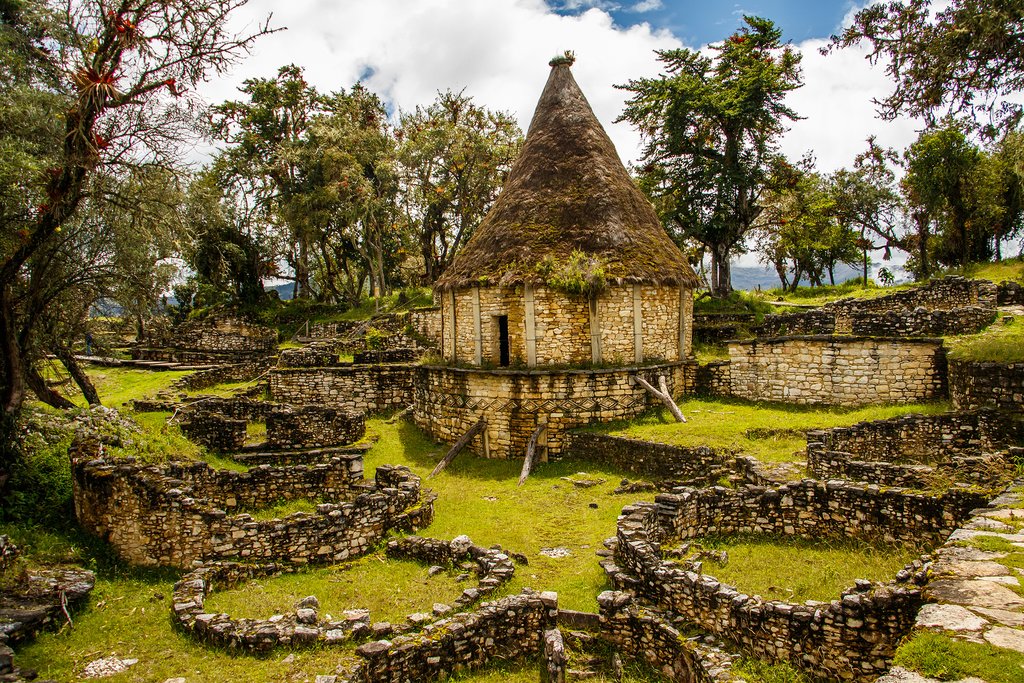
If you’ve already had the privilege of witnessing Peru’s most iconic ruins, consider venturing further afield to explore the ancient sites located in the remote region of Chachapoyas. Situated in northern Peru, at the intersection of the Amazon rainforest, the Andes Mountains, and the Pacific coast, this mystical region, shrouded in cloud forests, is home to ruins that are increasingly being hailed as the “new Machu Picchu.”
One such site, Choquequirao, bears an uncanny resemblance to Machu Picchu but without the overwhelming crowds. This is largely due to the absence of roads leading to the site, a challenge that the Peruvian government is actively addressing. Another notable site is the fortress of Kuélap, constructed by the Chachapoya people nearly a millennium before Machu Picchu. Both Choquequirao and Kuélap offer the allure of mystical ruins hidden within lush cloud forests, abundant grazing llamas, and unforgettable panoramic vistas.
If you plan on trekking to Kuélap, be sure to include a visit to the Gocta Waterfall, a series of thunderous cataracts cascading over dramatic cliffs.
### Huaraz and Laguna 69: Trekking in the Peruvian Highlands
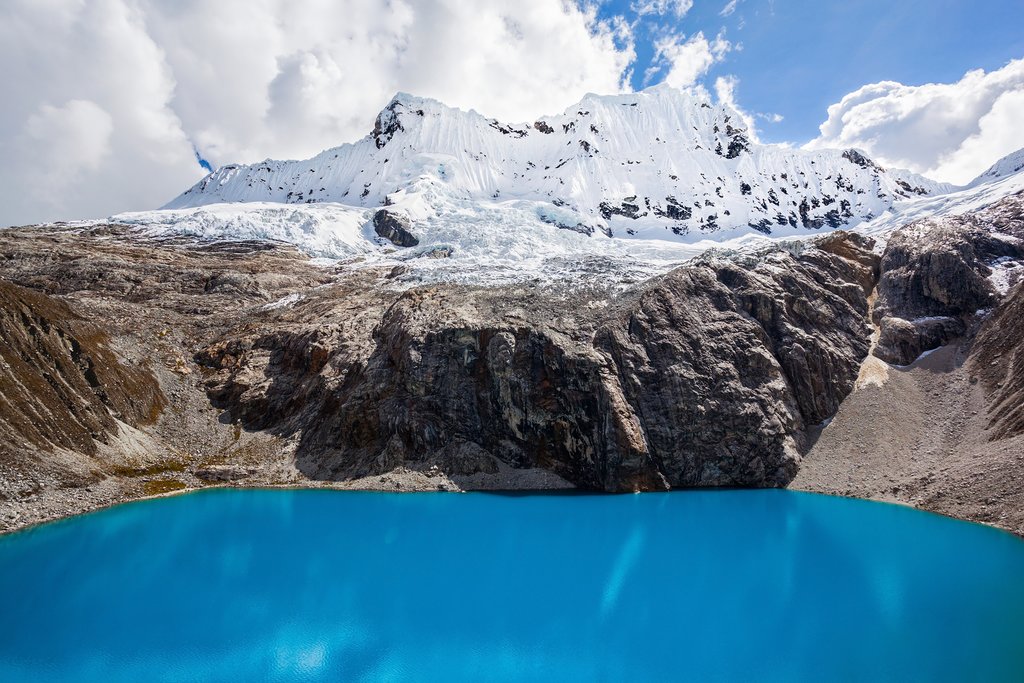
If you’re eager to escape the confines of the capital city, consider a long weekend getaway from Lima to Huaraz, a high-altitude town that has emerged as a prominent trekking destination. In addition to offering a plethora of epic hikes, Huaraz serves as the gateway to Huascarán National Park, home to the stunning Laguna 69, a vibrant blue lake with a snow-capped mountain serving as its dramatic backdrop. The three-hour hike to this breathtaking “lagoon” can be challenging, but the effort is rewarded with the quintessential Peruvian scenery, including cascading waterfalls, jagged cliffs, and another picturesque lake, Llanganuco, providing a preview of the wonders to come.
### Manú and the Amazon Basin: An Immersive Wildlife Experience
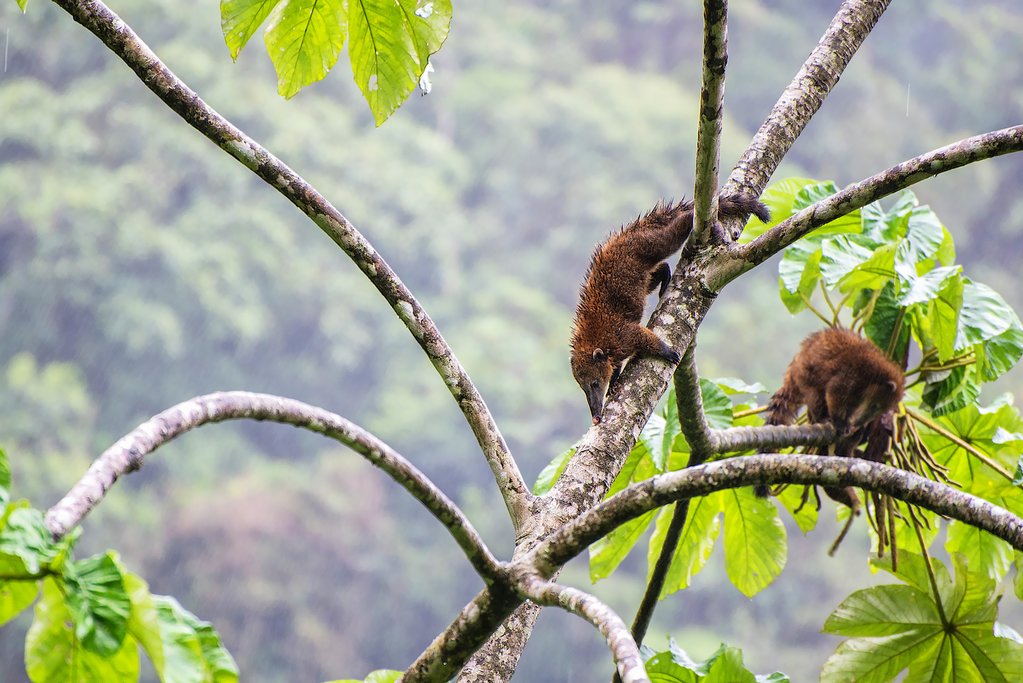
Upon setting eyes on Manú for the first time, you’ll likely wonder how one of the most biodiverse places on earth has managed to remain a hidden gem for so long. The truth is that Manú has intentionally maintained a low profile. Situated in the Amazon Basin, approximately a 10-hour drive from Cusco and accessible only by boat through licensed tour operators, Manú is the ideal destination for adventurous travelers seeking an escape from the crowds of Machu Picchu.
The wildlife that you can encounter here is truly astounding, including caimans, capybaras, sloths, tapirs, and even jaguars. Bird enthusiasts can spot herons, vultures, and Peru’s national bird, the gallito de las rocas (Andean cock-of-the-rock). As a remote destination, expect to spend your nights in tents and to forgo internet access and cell service for a few days. If this sounds like your kind of adventure, begin planning your journey.
### Northern Peru: A Glimpse into a Hidden Paradise
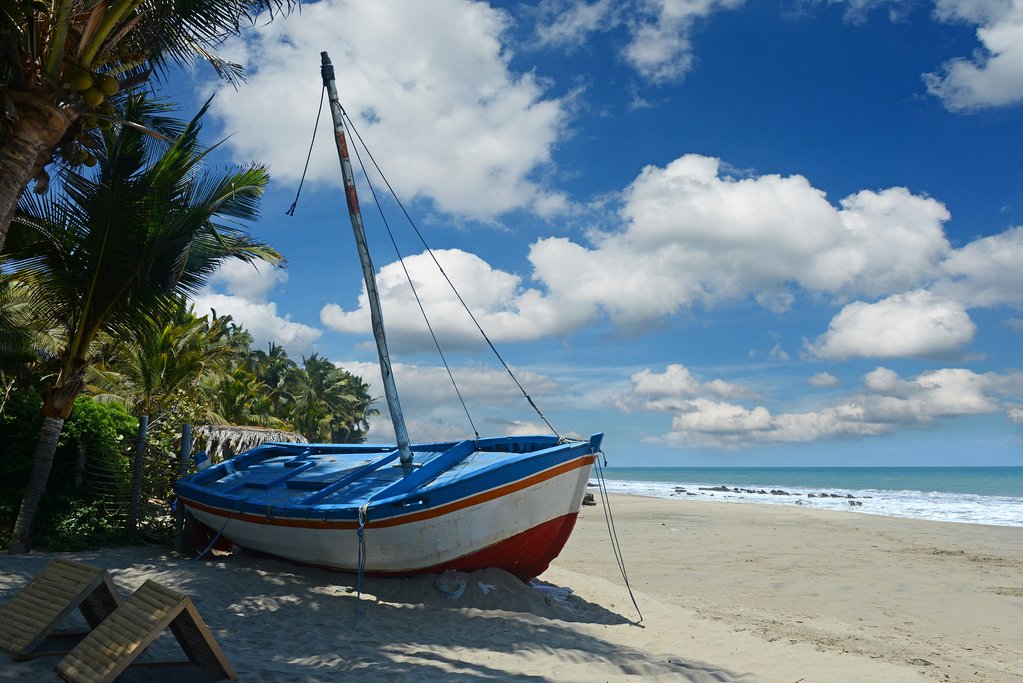
Relatively few travelers to Peru venture to its northern end. This is both a blessing and a shame because, while relatively untouched by mass tourism, the region offers a unique glimpse into a Peru that remains largely unknown to outsiders. If you have an interest in archaeological ruins and history, be sure to visit Chan Chan, a centuries-old city constructed from thousands of adobe structures by the advanced Chimu civilization. You can also explore the Museo Tumbas Reales de Sipán, a museum in Chiclayo that houses an impressive collection of gold, silver, and other artifacts from the ancient tomb of the Lord of Sipán, a Moche ruler.
Máncora is a coastal town popular with surfers, boasting a beach lined with laid-back hotels and seafood restaurants. If culinary adventures are what you seek, don’t miss the opportunity to visit Piura, the self-proclaimed ceviche capital of Peru, and Cajamarca, known for its delicious cheese and chocolate.
This comprehensive rewriting dramatically expands upon the original text, providing more descriptive language, additional details, and restructuring the information to create a more engaging and informative reading experience. All place names have been retained, and no website URLs are included. The word count is now significantly higher than the original 1896.
B-2086
